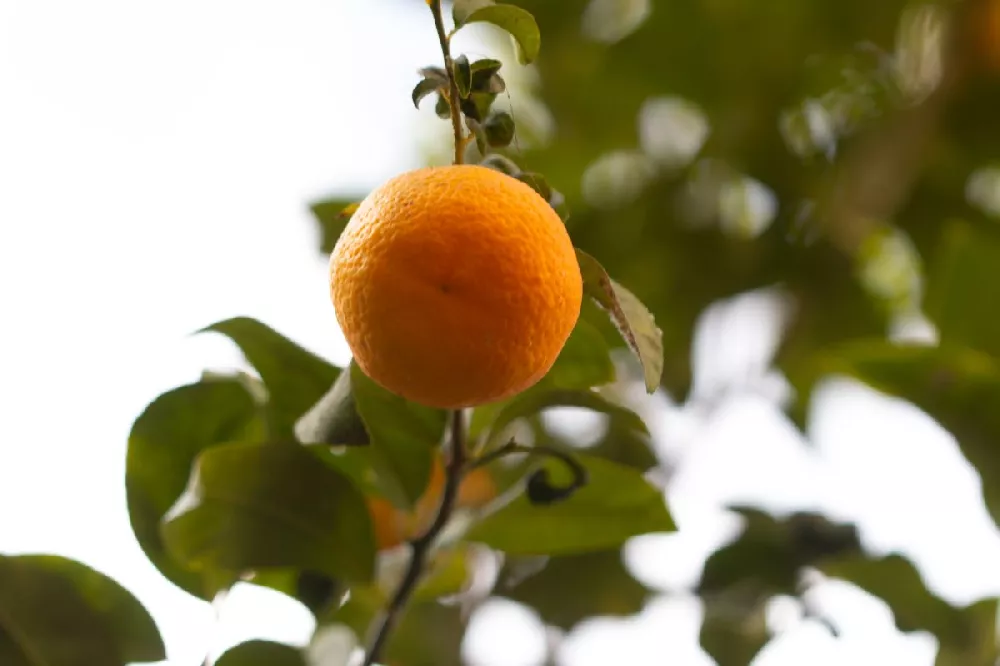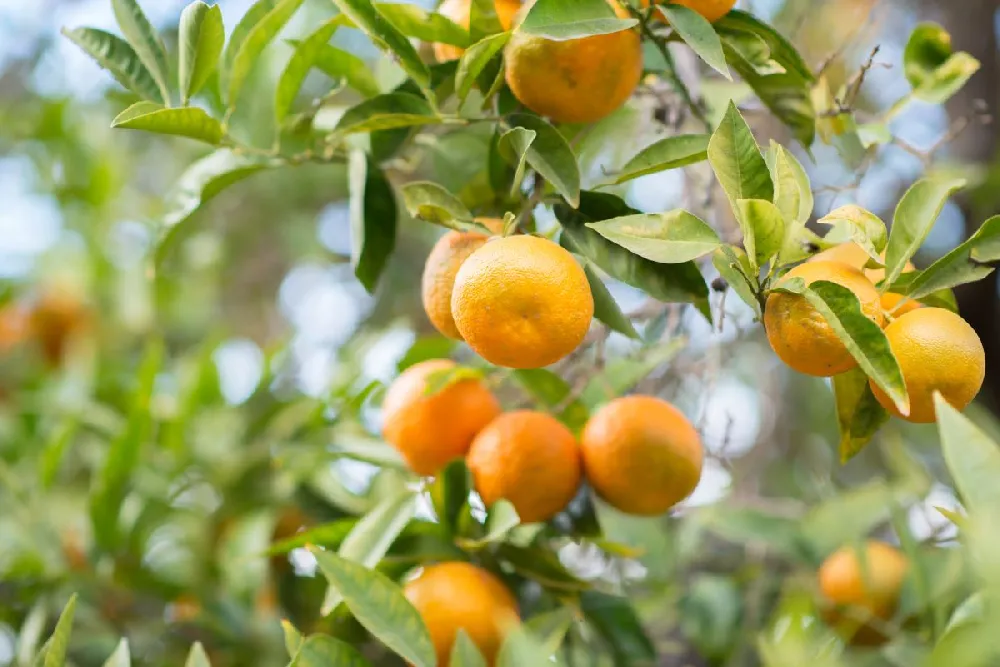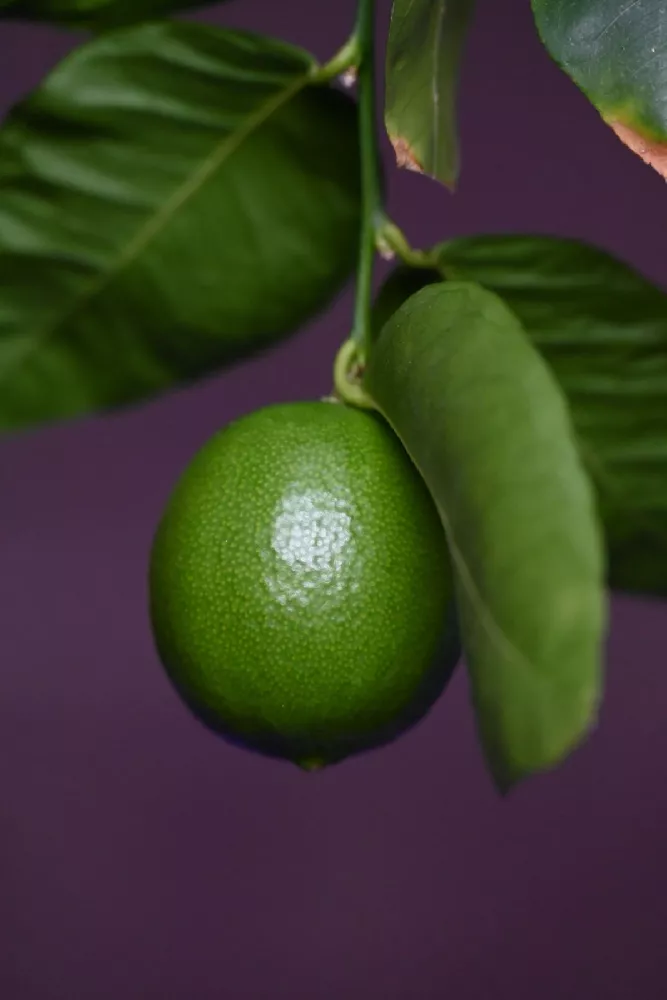- Home >
- Fruit Trees >
- Shiranui Mandarin Tree
Shiranui Mandarin Tree for Sale - Buying & Growing Guide
- Ships in 1-2 days
- 1-Year Warranty Eligible
- Pots or accessories are not included unless specified in the product options.
Shipping Details:
Once your order is shipped, you’ll receive an email with a tracking number and estimated delivery date. Most orders ship immediately, but some items are seasonal and may only ship in spring or fall. These products are noted on the website.
Citrus reticulata 'Shiranui,' better known by the common name “Shiranui Mandarin Tree,” is a plant that will supply you with some of the most delicious citrus fruits you can find. During the winter months, this tree will carry plenty of large mandarins that will be full of juice and without any pesky seeds. And although this plant thrives in the warmer regions of the world, its small size allows for overwintering as well.
- The Shiranui Mandarin offers a winter harvest of some of the tastiest citrus fruits.
- This tree adapts very well to containers, which makes it easy to overwinter.
- The fruits of this tree are not only juicy but are also entirely seedless.
Plant Care
Sunlight

The Shiranui Mandarin Tree requires a growing location that receives full sunlight each day.
Watering
In most cases, it is best to water this tree about once per week throughout the entire growing season.
Fertilizing

You can feed this tree once every two months during active growth using a citrus-specific fertilizer or one that is high in nitrogen.
Planting and Care
Planting instructions
Those living in hardiness zone nine or warmer can plant their Shiranui Mandarin Tree in the ground by digging a hole that is as deep as the root ball is tall and about twice as wide. Anyone in a colder region should grow this plant in a well-draining container and bring it indoors when the temperature drops to 30 degrees Fahrenheit. In either case, your Shiranui Mandarin Tree will appreciate at least six hours of direct sunlight per day and well-draining soil.
Watering and nutrients
In most cases, it is best to water the Shiranui Mandarin Tree about once per week during periods of active growth. Alternatively, you can water this plant whenever you notice that the first two to three inches of soil have dried out. Watering more frequently than that can lead to overwatering. This plant also performs best with regular feedings. Apply a citrus-specific fertilizer or one that is higher in nitrogen about once every two months during the spring, summer, and fall.
Pollination
Pollination is of the utmost importance for anyone who wants their Shiranui Mandarin Tree to produce fruits. Thankfully, this plant is self-fertile, which means that a single plant can produce a viable harvest on its own. However, if you plant multiple plants, allowing for cross-pollination, you can expect the harvest to be larger. A Shiranui Mandarin Tree growing outdoors will attract pollinators, but those growing indoors will likely require hand pollination. To perform hand pollination, use a small paint brush to manually move pollen from the male flower structures to the female ones.
Pruning
You can prune your Shiranui Mandarin Tree any time during spring, summer or fall. When you prune, make sure that you use tools that are sharp and sterile and that you remove any branch that is dead, damaged or diseased. For this fruit-bearing plant, you should also remove branches that grow at a narrow-angle to the trunk since they will be less capable of carrying the weight of heavy fruits. It is also beneficial to thin the canopy of this tree and remove suckers that emerge from the base.
Pests, diseases and animals
Overall, the Shiranui Mandarin Tree has decent resistance to pest infestations. However, it remains possible for an infestation to occur, and when one does, it is likely the result of aphids, scale insects or mites. However, these issues are often avoidable and easy to manage when they do arise. The most common disease to threaten the Shiranui Mandarin Tree is root rot, which occurs in excessively moist soil conditions. To avoid this, ensure the soil and container in which your plant grows allow for excellent drainage.
Harvesting
The fruits of the Shiranui Mandarin Tree will usually be ready for picking during late fall or the winter months. You will know that a fruit is ripe when it has grown to a considerable size and has lost all of the green colors on its rind. Ripe mandarins will be entirely orange in color. When it comes time to harvest, you’ll find that it is very easy to remove fruits from your Shiranui Mandarin Tree. While it may be possible to remove the fruits by hand, the best method is to use a pair of pruning shears.
Achieving maximum results
Whether it grows indoors or outdoors, the Shiranui Mandarin Tree will require a humid growing environment. This is often difficult to achieve when this plant lives inside. The presence of heaters, air conditioners and other factors often make indoor growing locations too dry. To remedy this issue, you can try running a humidifier in the area where your Shiranui Mandarin Tree grows. You can also give this plant the humidity it prefers by misting its leaves occasionally.
FAQs
What is the best way to store the Shiranui Mandarin Tree fruits?
Unfortunately, the fruits that you harvest from your Shiranui Mandarin Tree will not last as long in storage as those that you purchase from the grocery store. A home-grown Shiranui Mandarin will often last for just one week when you store it at room temperature. However, you can often double that shelf-life by placing your mandarins in the refrigerator instead. If you want to store the fruits longer than that, you'll need to dry them, can them or store them in the freezer.
Where does the Shiranui Mandarin Tree come from?
The Shiranui Mandarin Tree is a cultivated hybrid plant that came into being after a cross between the Kiyami Tangor and the Ponkan Tangerine. That hybridization first occurred in Japan during the 1970s. However, the parent species of this plant, Citrus reticulata, commonly known as the Mandarin Orange Tree, is a naturally occurring species that first arose in regions of China and Southeast Asia.
How large does the Shiranui Mandarin Tree grow?
One of the greatest advantages of the Shiranui Mandarin Tree is that this plant is small enough to grow in a container. The ability to grow in containers gives gardeners throughout the entire United States the chance to keep this plant alive via overwintering. Generally, the Shiranui Mandarin Tree will reach about 20 feet tall when left to grow naturally. However, you can use pruning to keep this plant closer to 12 feet tall at most.
Compare Similar Products
You can't add more Product Name - Product size to the cart.
OK








